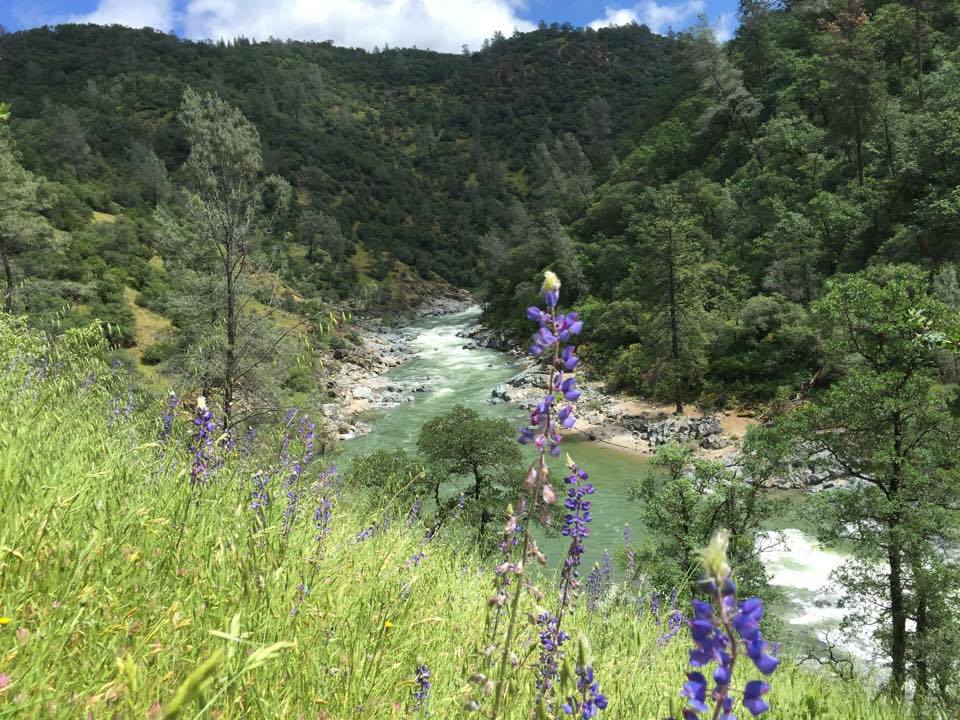Many times along my journey to motherhood, I said “I won’t do that”—surgery, in vitro fertilization (IVF), ovum donation—“I’ll just adopt.”
After countless vaginal sonograms to count the eggs I produced on hormone-stimulated cycles for IUIs (intra-uterine insemination), we saw a pattern of high egg count—repeated counselling for multiples—but no conception.
When we did conceive, we miscarried. Our third doctor, Mitchell Rosen at UCSF Center for Reproductive Health, hypothesized that something in my uterus could be blocking conception. He recommended looking inside.
The look inside would happen in the operation room of a hospital under general anesthesia, and if there was something there, the doctor would remove it: Surgery. My husband, Rick, reminded me that I had said “no surgery.”
Now things looked different to me: a new doctor, new information, a new possible answer. A new hope rose for conception of our baby.
The look inside revealed a false wall of tissue in my uterus. If an embryo attached to that false wall, it would not receive sufficient blood flow to grow. Dr. Rosen removed it. His hunch was a good one. I felt new hope for conception grow again after the surgery. Never say “never.”
When the pattern continued—more stimulated cycles, IUIs, no conception or miscarriage (we had 5)—our new hope became IVF. At this point, I was 42. My chances of conceiving and carrying to term a child with my own eggs was 2-3%.
These odds are a serious hope-dasher—or they should be—but on the road to fertility, hope springs eternal. I thought: “Someone was in that 2-3%. I had great egg production. It could be me.”
The price tag of IVF, on the other hand, was daunting. In the US, $18,000.
I liked my doctor, even though it was a 6-hour drive for us one-way to UCSF. With some effort, we had a phone consultation about how he would do the IVF in our case. “I’d put all the embryos in,” he said. He also counselled us to consider ovum donation. The cost of IVF was about a third of my annual salary. The cost of IVF with ovum donation was closer to half at $35,000.
At this point I discovered Resolve, and someone suggested going overseas for IVF, and South Africa. That seemed waaaay out there for me.
Online I found clinics near family we have in Australia and Europe. I filled out the inquiry forms online. Crickets. I didn’t hear back. (How can you put up an inquiry form, and not respond to inquiries, especially about a health concern that is so time-sensitive?) I needed compassion in the form of responsiveness.
Then, I wrote to Cape Fertility Clinic in Capetown, South Africa. Less than 24 hours later, I received a response. One of the doctors, not a nurse or a receptionist, wrote back to me, right away.
Dr. Heylen was direct, compassionate and ethical. With his clinic’s track-record on IVF, my 42-year-old odds were 3% to conceive and carry to term with my own eggs.
Dr. Heylen also counselled us to consider ovum donation. The odds would shoot up to 80%. I wasn’t ready to give up my own genetic heritage. Given my egg production, and their method of growing the embryos to blastocyst phase, he agreed to do IVF with me.
Dr. Heylen is Belgian. The clinic uses European protocols, perhaps a bit ahead of the US. The cost of IVF at Cape Fertility Clinic was half that of a US clinic—including travel, renting a car and staying in a private cottage in Capetown for a month. My mother offered to help us finance it. New hope rose again.
Dr. Heylen’s accessibility meant so much to me. To this day, he’ll respond to my emails himself, right away, the only delay being he’s usually sleeping when I write (12-hour time difference). The combination of accessibility and direct, ethical responses to my questions gave me confidence to overcome the seeming foreignness of South Africa, and make the double-continent airplane jump around the world.
We had a brilliant time in Capetown. The clinic care was excellent. Two embryos made it to blastocyst phase. They were starting to slow down their growth when Dr. Helen implanted them in my womb.
We did not conceive. This hope left me in the 97% percentile. It all seemed crazy to have done, but it was a chapter that I had to live, and now close.
It was like walking through a forested valley. I could only see some yards ahead before a twist in the path blocked my view. No vistas to help me see why the path meandered so. Each new hope was a rise in the foothills, so I thought I could see where the path was leading, good reason to leap over this log or ford that creek. But it was a long hike up a steep mountain. Some times it was cold and dank in that valley. My heart did not know who to trust.
I didn’t keep my promise to never do this or that. Would I to adopt?
